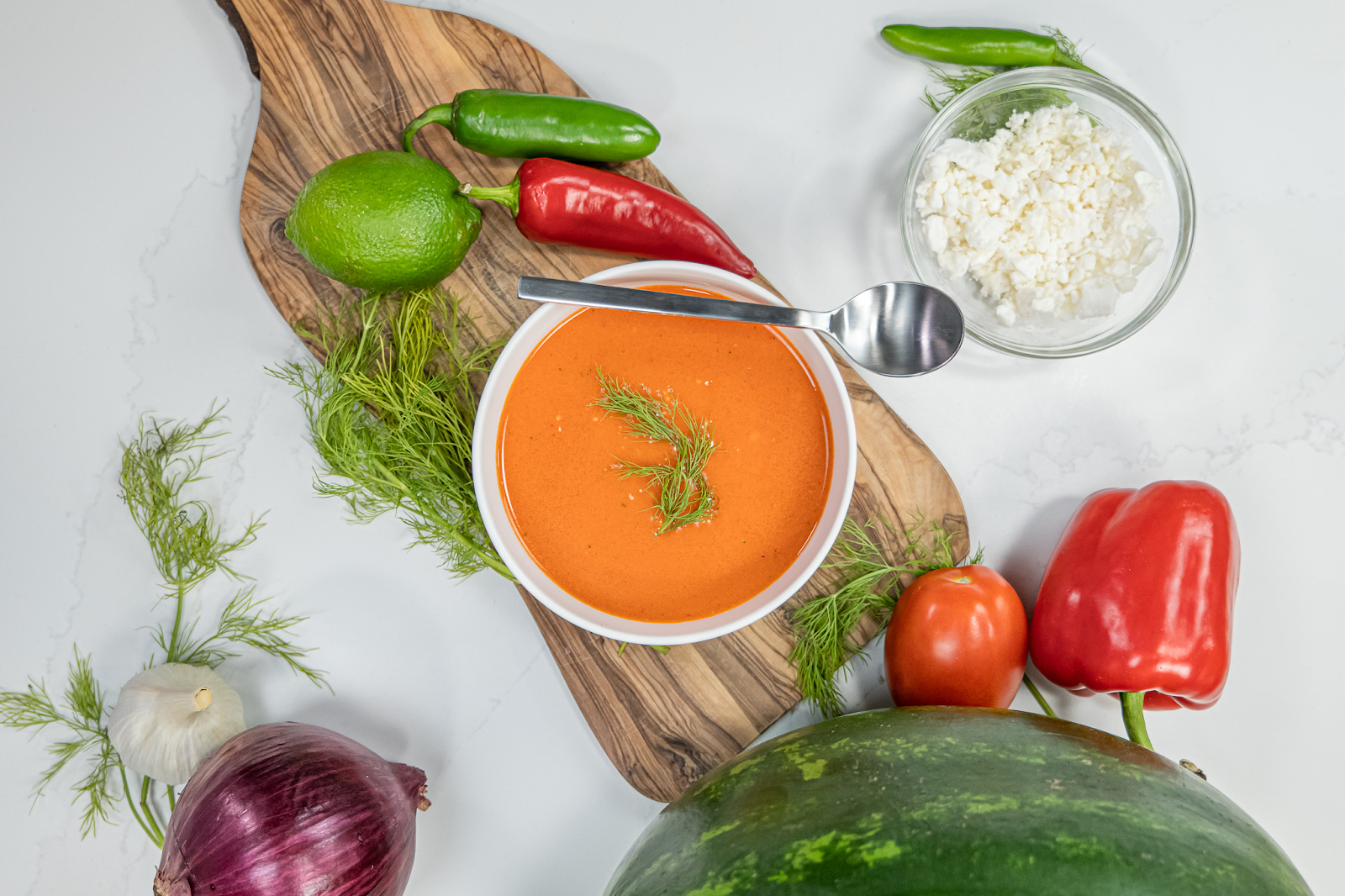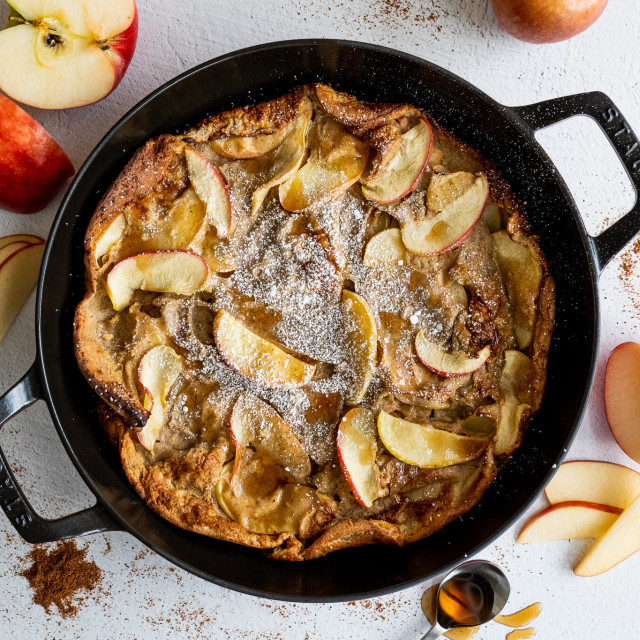Seasonal Produce Guide: How to Shop for Produce (Plus Tips & Tricks)
Choosing delicious fresh produce is a work of art – you want to opt for fruits and veggies that are ripe and flavorful without being too mature as they'll go bad quickly. Knowing when and what seasonal produce to choose is challenging for many people.
This guide will help you become a seasonal produce picking expert – from which fruits and vegetables to opt for each season to tips and tricks to make your produce last longer.
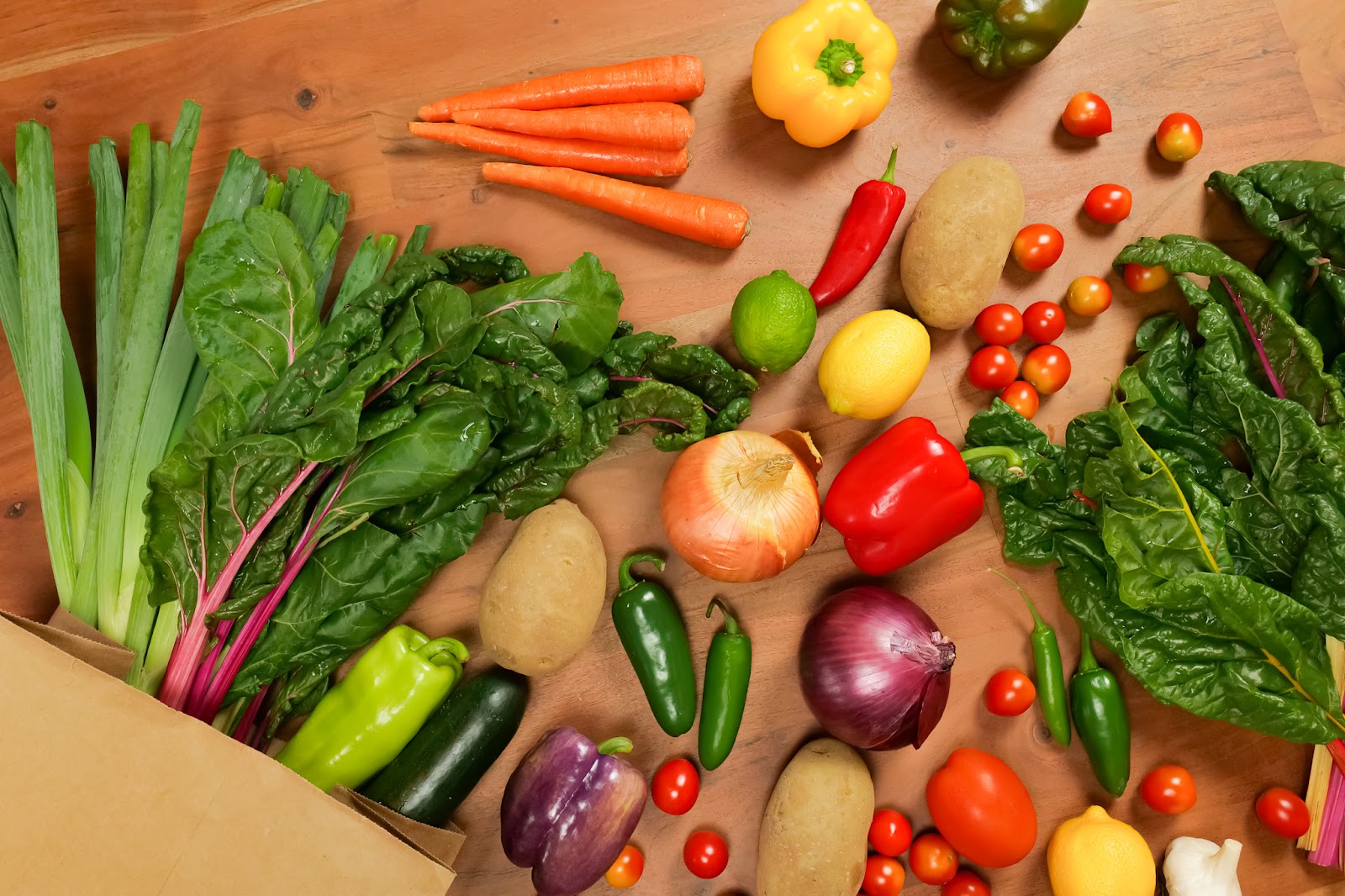
Benefits of Seasonal Produce
If you’re someone who typically purchases fruits and vegetables based on cravings over what’s in season, you may want to reconsider. There’s a reason your favorite fresh fruits and vegetables taste better in certain months than others and why you may be unable to find specific produce during the year.
Here are the reasons you want to choose seasonal produce over out-of-season produce for a healthy diet:
- When choosing seasonal produce, you'll find the flavor is much better. Often, this means that fruit tastes sweeter, and they're typically ripe already so that you can dig in pretty quickly.
- Seasonal produce is typically cheaper since farmers are harvesting large quantities at once.
- It's also more eco-friendly when you consume in-season produce since it lowers the demand for growing out-of-season produce.
- In-season fruits and vegetables are typically fresher and have a vibrant, more attractive appearance.
How to Pick Ripe Produce
Choosing ripe produce is a daunting task for many people. With the below tips, you can pick the perfect produce every time! The first step in picking ripe produce is ensuring it's in season. Once you've confirmed it is in season, ensure you check the outside of fruits and vegetables. They should be cut, knick, and bruise-free.
It's also important to note that "pretty" produce is not always the best. Certain produce, like apples, can be covered in wax, so they appear shiny and tasty when they're actually low-quality. More often, the slightly irregularly shaped produce is the most flavorful and delicious.
The final key to picking high-quality produce is picking it up and checking that the skin and peels are tight; this means you're selecting fresh produce.
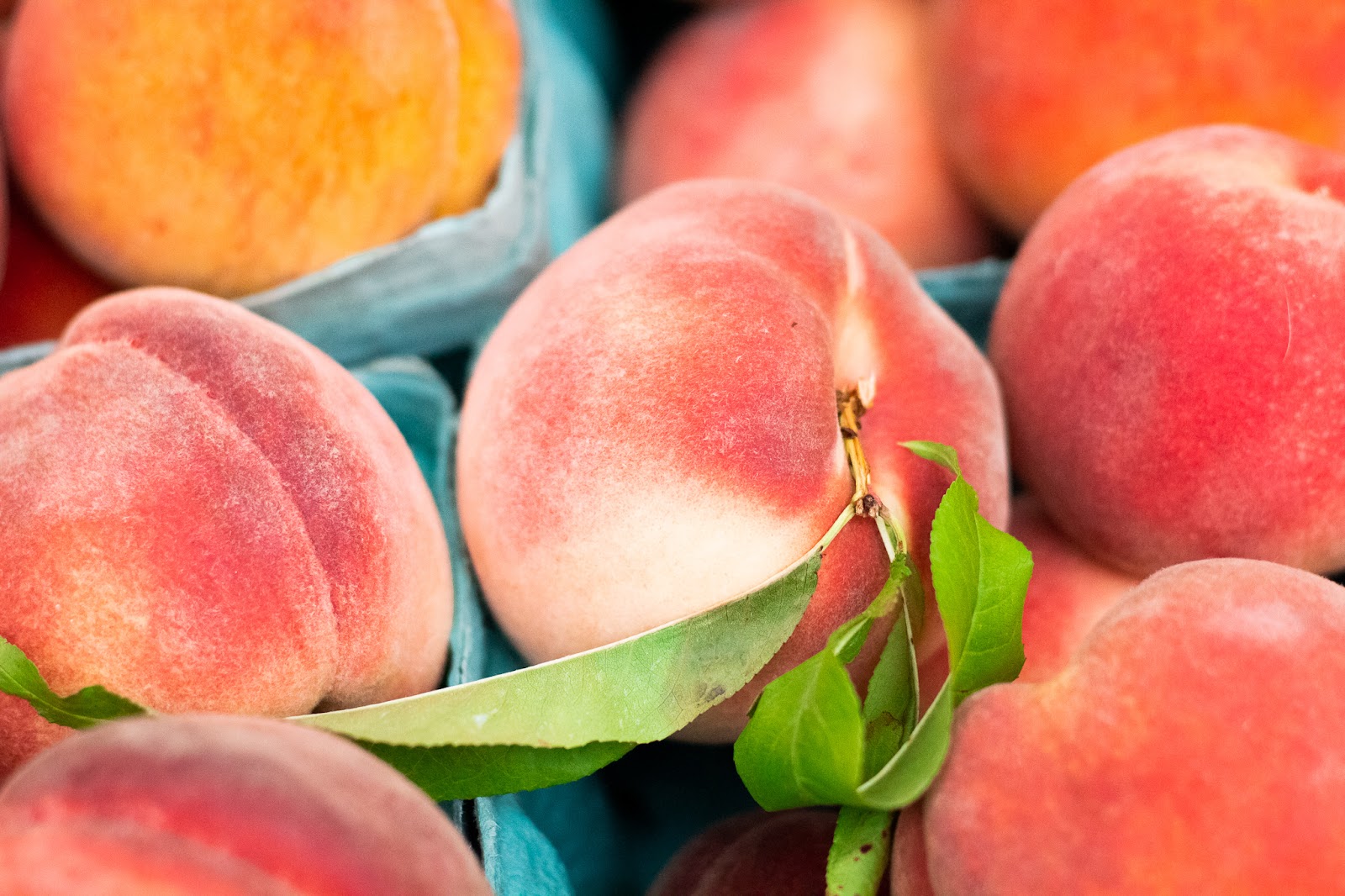
Proper Storage of Fruits and Vegetables
Besides picking ripe, in-season produce, it's also necessary to store your produce properly. You can also extend the life of your produce by keeping it in the correct environment. Here’s where it gets tricky, a lot of produce requires different storage.
For example, apples are okay at room temperature or in the fridge. However, you want to keep them away from bananas and citrus, as all three types of fruit give off ethylene, the gas that makes nearby produce ripen and go bad faster.
In comparison, avocado should not go in the fridge until it is ripe. Putting an avocado in the fridge before it's ready can slow the ripening process.
As a general rule of thumb, any produce you buy from the refrigerated section should be put in the fridge when you get home. Produce that is not refrigerated at the store is generally okay to stay at room temperature in your kitchen.
How to Make Fruits and Vegetables Last Longer (Tips, Tricks, Hacks)
Curious about ways to make your seasonal produce last longer? Try out these tips, tricks, and hacks!
- Refrigerating produce will help extend its life. For example, green beans and many other raw vegetables like carrots, mustard greens, other leafy greens, and fresh fruit like berries will last longer if you refrigerate them.
- Keep your produce dry during storage. This means ensuring you dry off fruits and veggies after you wash them. A little dampness is okay, but too much moisture can cause your produce to mold more quickly.
- Keep your vegetables in bags in the fridge – the moisture that typically comes with veggies helps keep them from going limp. Remove stems from greens and then wrap them in a bag. You can use the same bag they came in for a more eco-friendly option.
- If your fruits are going bad and you can’t eat them before you need to toss them, you can use your ripe, colorful fruits to make canned fruits or fruit juice. As for vegetables that can’t be eaten raw or cooked in time, you can make them into veggie and fruit juices or pickle them. These methods will help you extend the vegetable consumption and fruit consumption timeframe.
Summer / Fall / Spring / Winter Seasonal Produce
So, which vegetables and fruits are considered "in-season" throughout the year? Here's a quick breakdown of which produce you should pick at the grocery store or farmers market by season.
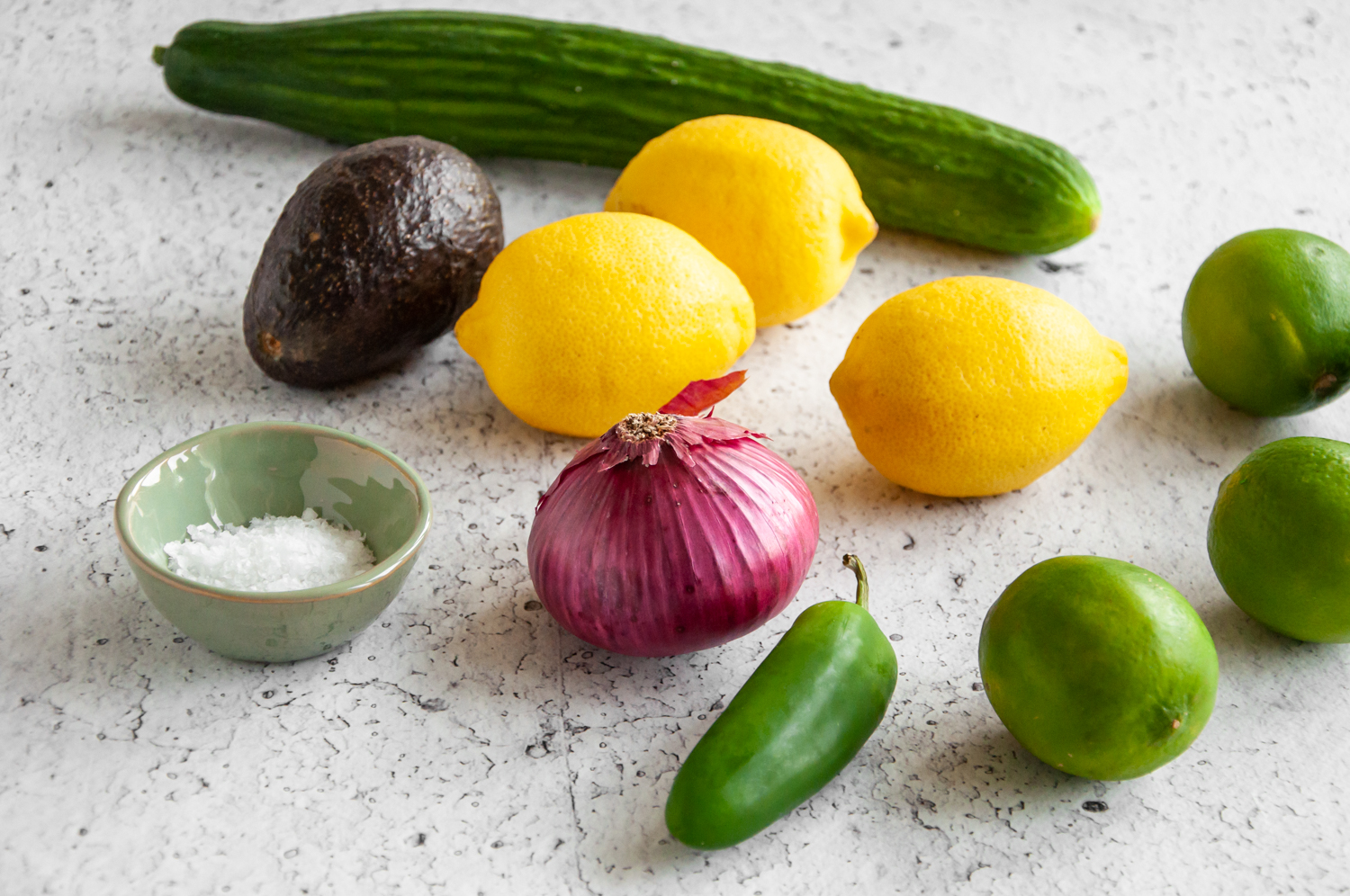
Summer Produce
Fruits: avocados, berries (blackberries, blueberries, etc.), cherries, melons, citrus, and tomatoes.


Veggies: corn, beets, okra, summer squash, eggplant, green beans, zucchini, carrots, and celery.
a

Fall Produce
Fruits: apples, cranberries, bananas, kiwi, lemons, limes, mangoes, pears, and pumpkins.
Veggies: sweet potato, squash, gourds, bell peppers, kale, parsnips, peas, radishes, onions, and spinach.

Spring Produce
Fruits: apricots, avocados, grapefruit, passionfruit, strawberries, pineapples, chili peppers, and other citrus fruits.
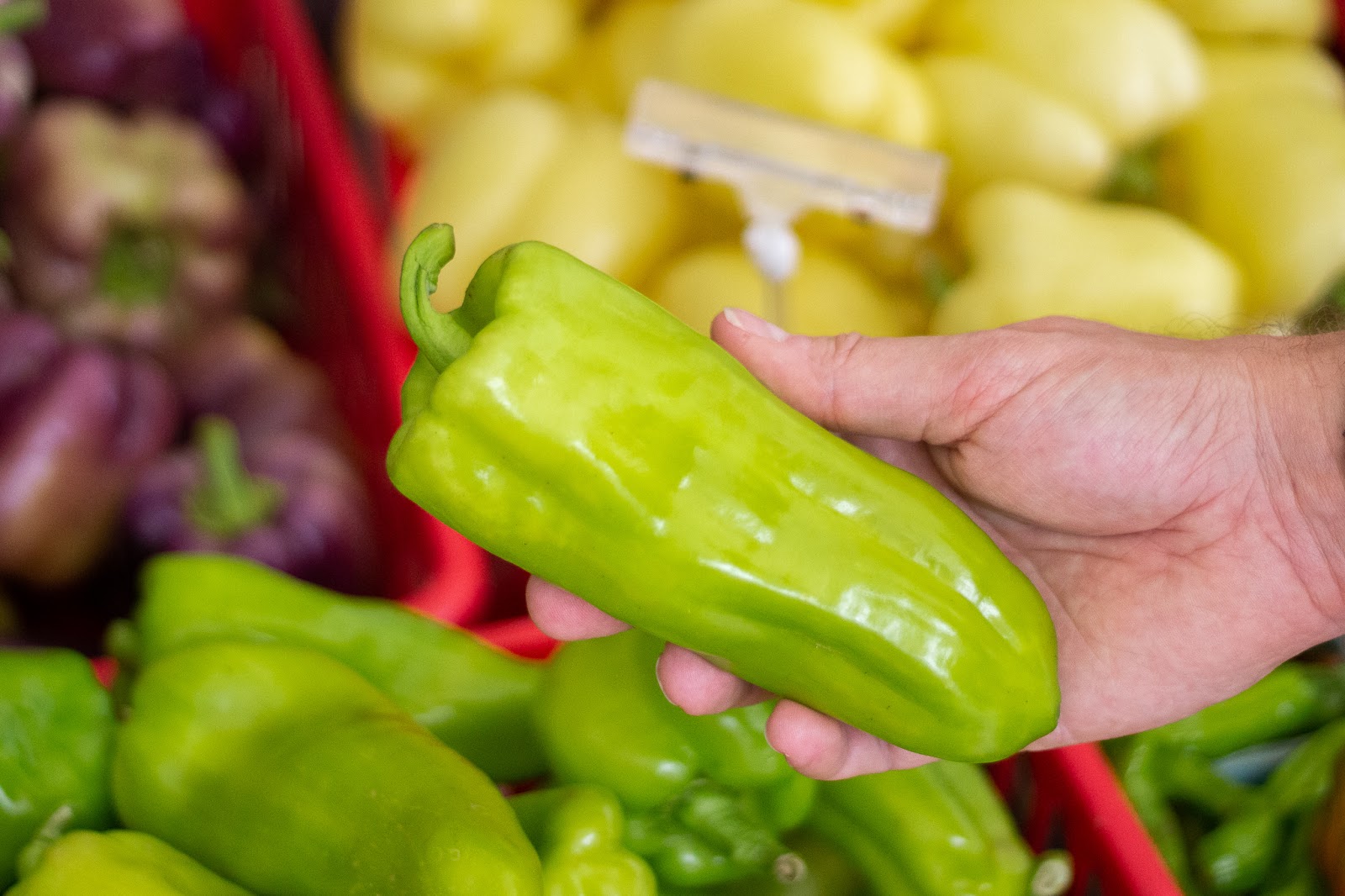
Veggies: broccoli, cabbage, lettuce, collard greens, onions, spinach, turnips, kale, and peas.
Winter Produce
Fruits: bananas, grapefruits, pears, persimmons, tangerines, avocados, pineapples, and citrus fruits.
Veggies: brussels sprouts, beets, broccoli, squash, turnips, kale, onions, cabbage, and carrots.
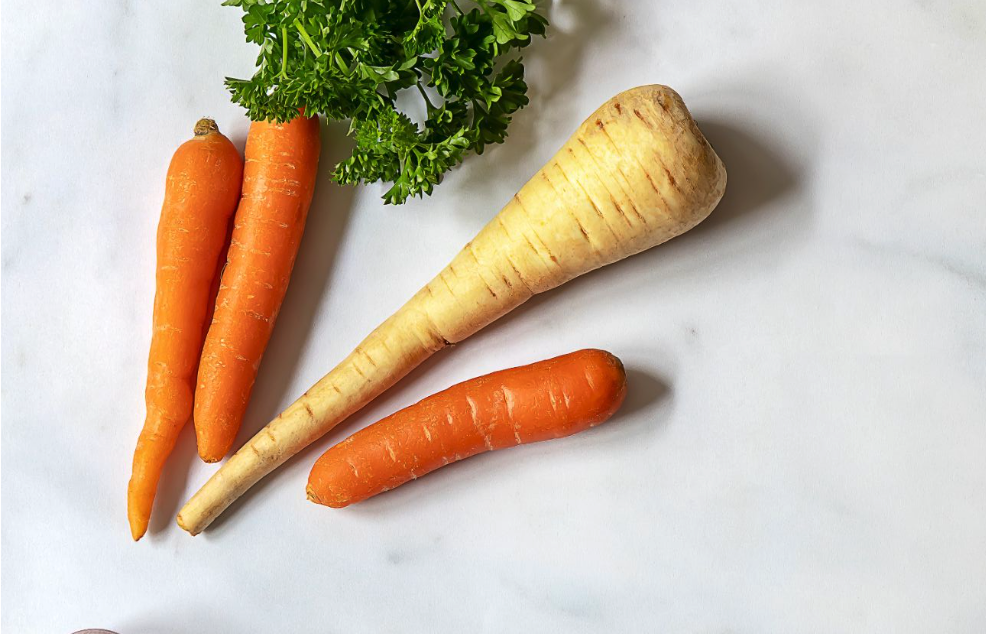
Seasonal Produce: What to Look For
It's important to keep in mind how many vegetables and fruits are in season and which produce is in season changes depending on your location. Some of the above produce may not be available or may be more expensive depending on where you live.
If you're unsure of what's in season at the grocery store, you can search for the fruits and vegetables that are on sale. Typically, this produce is in season, making it easy on your wallet as a bonus.
Alternatively, you can visit a local farmers market and see which other vegetables and fruits they have for sale. Since farmers market vendors typically don't travel further than a few counties (or maybe a state) over, you can rest assured that the available items are in-season. If you visit the farmers market regularly, you'll have a good idea of what to purchase.
You can also check where produce was grown while at the grocery store. Usually, there’s a small sticker that says, “Made in Mexico” or a similar note. If it’s made outside of the state or country, it’s not in season.
BigOven Original Recipe: Spicy Watermelon Gazpacho
Watermelon is a summer staple. This BigOven Original features fresh watermelon, juicy tomatoes, and fiery chilies. This cool Summer soup hits all the flavor notes, and then some. Serve it with a slice of toasted crusty bread, creamy crumbled feta, and some fresh dill for a big bowl of delicious that’s perfect for even the hottest day! Try it for your next meal.
